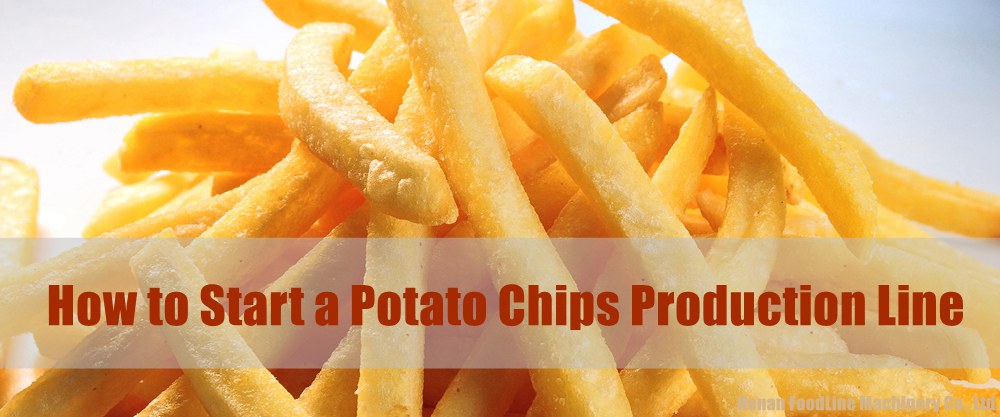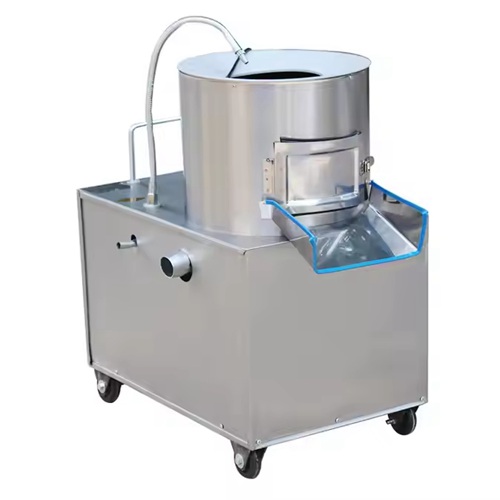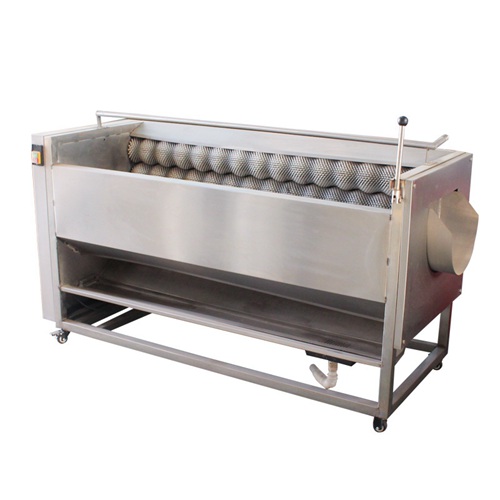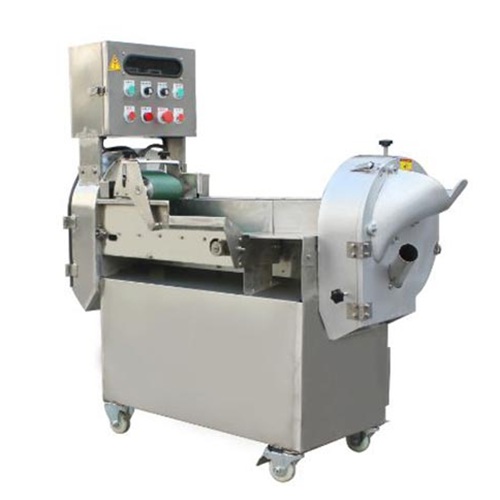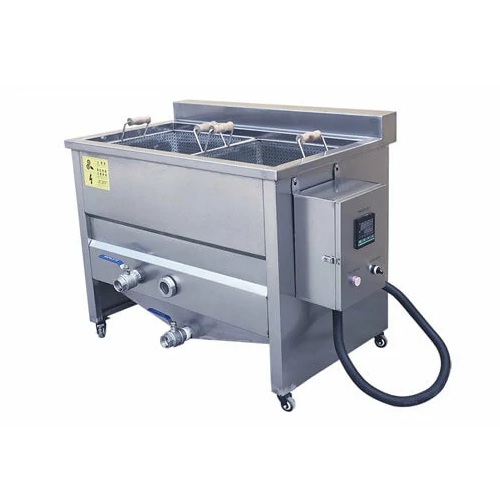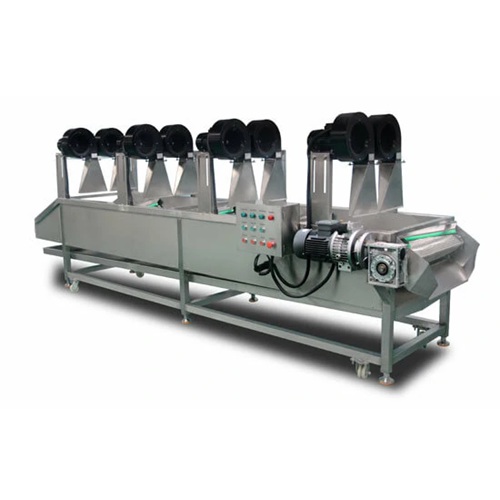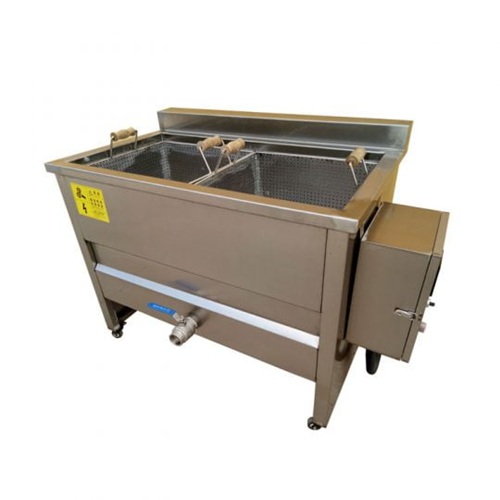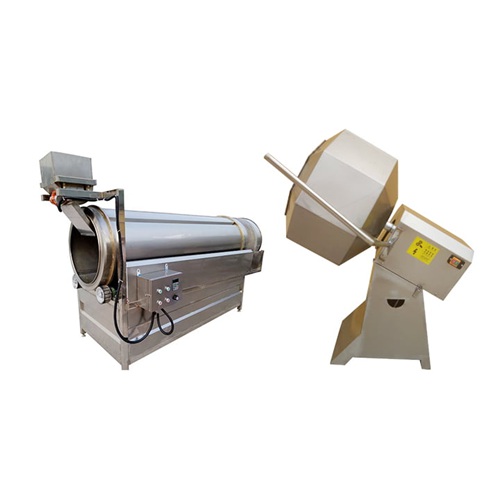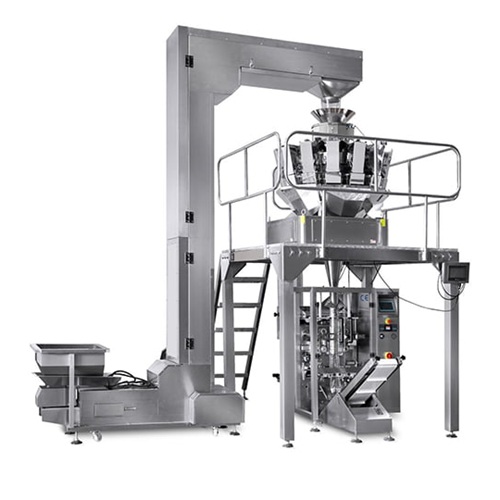Potato chips are one of the most popular snacks globally, with consistent demand across markets. If you’re looking to enter the food processing industry, setting up a potato chips production line can be a profitable and scalable business. This guide walks you through everything you need to know—from market research to choosing the right equipment and launching your production.
How to Start a Potato Chips Production Line?
1. Research the Potato Chips Market
Before investing in machinery or space, understand your local and export market:
- Who are your competitors?
- What flavors and packaging do consumers prefer?
- Are there legal regulations around food production in your region?
Use tools like Google Trends, Ubersuggest, and SEMrush to analyze demand and keyword volume for terms like “potato chips production” or “start chips business.”
2. Create a Business Plan
A solid business plan includes:
- Budget: Equipment, raw materials, staff, marketing
- Target Market: Local retailers, supermarkets, online
- Production Volume: Daily/weekly output
- Profit Margin: Cost per kg vs. selling price
Investors and banks will often require a detailed plan to consider funding.
3. Choose the Right Location
Your production facility should have:
- Access to clean water
- Proper drainage and ventilation
- Proximity to potato farms or suppliers
- Compliance with health and safety standards
You’ll also need space for storage, packing, and loading.
4. Select High-Quality Potato Chips Making Machines
A standard potato chips production line includes:
👉 Pro Tip: Look for energy-efficient, easy-to-clean machines with stainless steel bodies and warranty coverage. Brands like Foodline offer complete solutions tailored to small and medium-scale manufacturers.
Introducing the Foodline Potato Chips Production Line
To kickstart your business with confidence, choosing the right machinery partner is crucial. Foodline offers a complete, high-efficiency potato chips production line designed for startups, mid-sized processors, and industrial-scale manufacturers.
Key Features of the Foodline Potato Chips Line:
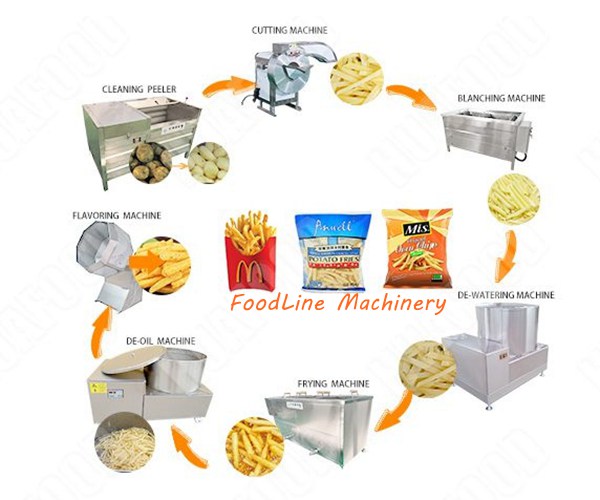
- From washing to packing, Foodline’s equipment minimizes labor and increases productivity.
- Capacity: 100 kg/h to 1000 kg/h.
- Ensures food-grade hygiene, durability, and easy maintenance.
- Designed with advanced heating systems to reduce oil usage and power consumption.
- Customizable Layout.
- Versatile Flavor Handling.
Whether you’re producing classic salted chips or gourmet flavors, Foodline’s turnkey solution is built to help you scale smoothly.
👉 Want to see it in action? Request a demo or catalog from Foodline’s technical team today.
5. Hire and Train Staff
Depending on your production scale, you’ll need:
- Machine Operators
- Quality Control Experts
- Packing Staff
- Logistics/Delivery Personnel
Ensure all staff are trained in hygiene and food safety protocols.
6. Source High-Quality Raw Materials
Use fresh, uniform-sized potatoes for best frying results. Other raw materials include:
- Edible oil (sunflower, palm, etc.)
- Seasonings (salt, spices, herbs)
- Packaging materials (laminated pouches, boxes)
Build relationships with trusted suppliers for consistent quality and pricing.
7. Comply With Legal Requirements
Obtain necessary licenses and certifications such as:
- Food safety license
- Factory license
- GST or VAT registration
- Environmental clearances (if required)
You may also need regular inspections depending on your location.
8. Start Production and Test Market
Before mass production, do a trial run to:
- Fine-tune machine settings
- Test flavors and oil quality
- Get consumer feedback on taste and packaging
Use this feedback to improve your product before full launch.
9. Launch and Market Your Brand
Create an attractive brand with a strong identity. Marketing channels include:
- Social media advertising (Facebook, Instagram, TikTok)
- Local retail partnerships
- Distributor networks
- Online marketplaces
Packaging should be eye-catching, informative, and shelf-stable.
10. Monitor, Scale, and Improve
Once your chips line is running, track metrics like:
- Daily output
- Waste percentage
- Customer reviews
- Return on investment (ROI)
Consider scaling with automation or launching new flavors based on feedback.
Conclusion
Starting a potato chips production line can be a rewarding venture with the right planning and equipment. By following this step-by-step guide, you’ll be well on your way to launching a successful snack business that can grow regionally or even globally.
